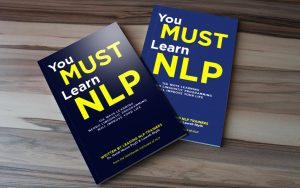If you talk to someone with an addiction, they will be the first person to tell you how hard it is to change behaviours and release the addiction. This is because when most people try to break an addiction, they do so hoping willpower or mind diversion will work. Most of the time it does not. Or, they give up one addiction for another.
There are so many things that a person can be addicted to – alcohol, cigarettes, drugs, gambling, food are among the most common we think about, but there are others. In addition to people, phones, gaming, love, sex, chocolate, being needed, helping others, and so many other possibilities.
From the experience of working with addictions for many years, willpower and diversion is not enough. Not by a longshot.
Ultimately, addiction is the need or craving for something and the inability to give it up.
If someone tells me “I just need willpower”, I know right away that there is not a strong enough desire for change. Anything, and I mean anything you strongly desire takes absolutely zero willpower. You just do it.
Let’s look at addictions for a moment. When it comes to NLP, we see that every behaviour has a positive intention – even a secondary gain or a benefit for keeping a behaviour. For example, a person who smokes may have a positive intention of relaxing and those 5-10 minutes a few times a day may be their only opportunity to relax. Or the alcoholic may desire a way to check out and be numb to life – if they were sober, they may have to face up to emotions, decisions, or feelings they don’t want to address. The person who turns to chocolate in times of stress may not have the resources to say what they need to, so chocolate becomes a friend.
When you start looking at addictions through the lens of NLP, you will stop looking at the label of the addiction and start looking at the symptoms, positive intention, and secondary gain. You will then be able to tap into your toolbox of NLP skills to clear unresourceful patterns of emotion, belief, and behaviour while building and accessing resources that will make the change possible. And, everyone is different.
Ultimately, the reason for anyone’s addiction is individual to them. No two people have the same history, beliefs, programming, and behaviours – and to treat them as if there is a cookie-cutter approach to releasing the addiction is about as useful as relying on willpower to do it.
It isn’t until the unconscious patterns are fully addressed that a person will be able to easily and effortlessly release their addiction. Using NLP techniques to make changes to this programming, where there is a clear and desired goal, change becomes easy and addictions can then be released. Without the need for willpower – it becomes want-power instead!








